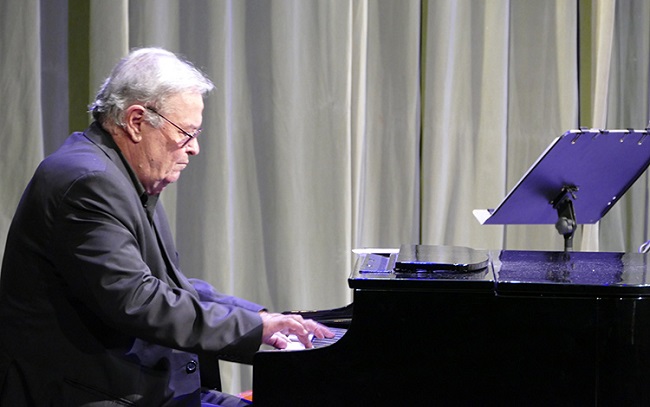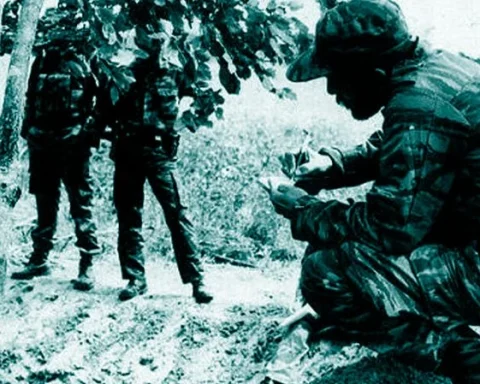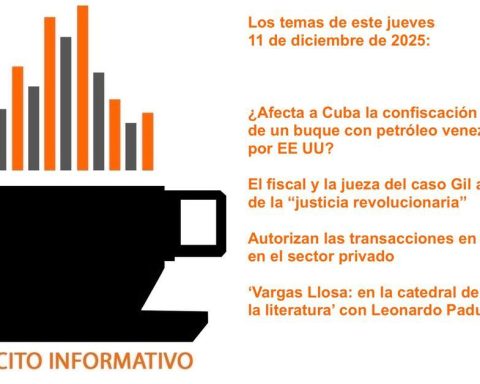Because it has 88 keys, it is on the 88th day of the calendar when World Piano Day is celebrated.
But who, no matter what the page of the almanac was, hasn’t been shaken to the core at some time by listening to a piano?
Little determines whether or not the secrets of the pentagram are known, nor does age or profession make a difference. Music is such a universal language that it speaks to all of us… and we understand it.
In any case, the German pianist Nils Frahm had the initiative, since 2015, and it is usually celebrated on March 29, or 28 when the years are leap years.

The oldest piano in the world, dates from 1720, and is one of three instruments from the workshop of Bartolomeo Cristofori. Photo: taken from metmuseum.org
It was at the beginning of the 18th century when the Italian Bartolomeo Cristofori gave the world what he named “Clavicémbalo col piano e forte” and which was a substitute for the harpsichord, but, unlike the latter, it allowed subtle volume and tone graduations, produced soft sounds (piano) or strong (forte), depending on how intense the pressure on the keys was.
Those first pianofortes did not have as many notes as the current ones and neither did they have such a powerful timbre, but, in any case and with good reason, they immediately prevailed due to the hitherto unimaginable possibilities that they offered to performers and composers.
However, tracing back the history of these unique sonorities, it is worth saying that one of the most remote relatives of the piano was the hydraulis organ, in ancient Greece, while the zither is the oldest stringed instrument, whose origins date back to the Middle Ages. Bronze in Africa and Southeast Asia.
The oldest stringed musical instrument related to the piano is the zither. The zither, whose origin dates back to the Bronze Age (approx. 3000 BC), comes from Africa and Southeast Asia.
The piano has undergone various transformations to become the instrument we know today and whose strings, which hold the 88 notes, in the case of a typical concert piano, can withstand tensions equivalent to 20 tons.

Photo: taken from hinves.com
It was at the end of the 18th century itself when the piano arrived in Cuba together with the French immigrants from Haiti, and very quickly it became a favorite, to which the French pianist Juan Federico Edelman contributed with his Santa Cecilia Academy, who had among his disciples to Manuel Saumell.
Among the most famous Cuban pianists are Harold Gramatges, Eliseo Grenet, Ernesto Lecuona, Adolfo Guzmán, Frank Fernández, Chucho Valdés and José María Vitier, although many more are included in this list.
And there are countless those who in Cuba and around the world celebrate today, without fuss, as matters of the soul deserve, this World Piano Day.

Cuban pianist and composer José María Vitier García-Marruz. Photo: Melissa Maura Pérez.















